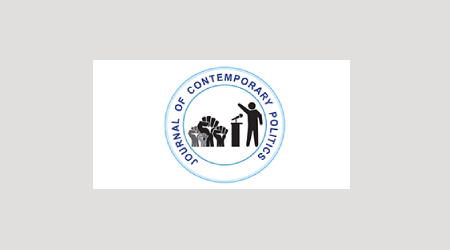


Journal of Contemporary Politics
DOI: 10.53989/jcp.v2i1_1_surendra
Year: 2023, Volume: 2, Issue: 1, Pages: 15-25
Original Article
S Y Surendra Kumar ✉ 1
1 Professor, Department of Political Science, Bangalore University, Bengaluru, Karnataka, India
Corresponding author ✉: [email protected]
Received Date:02 February 2023, Accepted Date:22 March 2023, Published Date:27 March 2023
Since its independence, India could count itself among the few nations with strong cards in the arena of soft power like its culture, civilisation, democratic credentials, secular values, pluralistic society, professional expertise, free media, independent judiciary, dynamic civil society and so on. Ironically, India did not use this soft power strategy rigorously to achieve its national interest. In the 1990s, India has been pro-active in pursuing its soft power strategy than ever before to achieve its strategic interest. India, to a certain extent, has been successful in strengthening its ties with Southeast Asia, Africa, US and European countries through its soft power tools like promotion of culture, support towards democracy and involvement with the diaspora, increasing aid and investment and so on. However, India’s soft power strategy in South Asia had mixed results. In this context, the article attempts to identify the need for India to engage in more such tactics rather than hard power in South Asia. India’s plans to use soft power in South Asia and its limitations in achieving her foreign policy objectives in the region will be critically analysed too.
Keywords: Soft Power, India, South Asia, Diaspora, Democracy, Tourism
2023 Published by Bangalore University. This is an open-access article under the CC BY license (https://creativecommons.org/licenses/by/4.0/)
Subscribe now for latest articles and news.